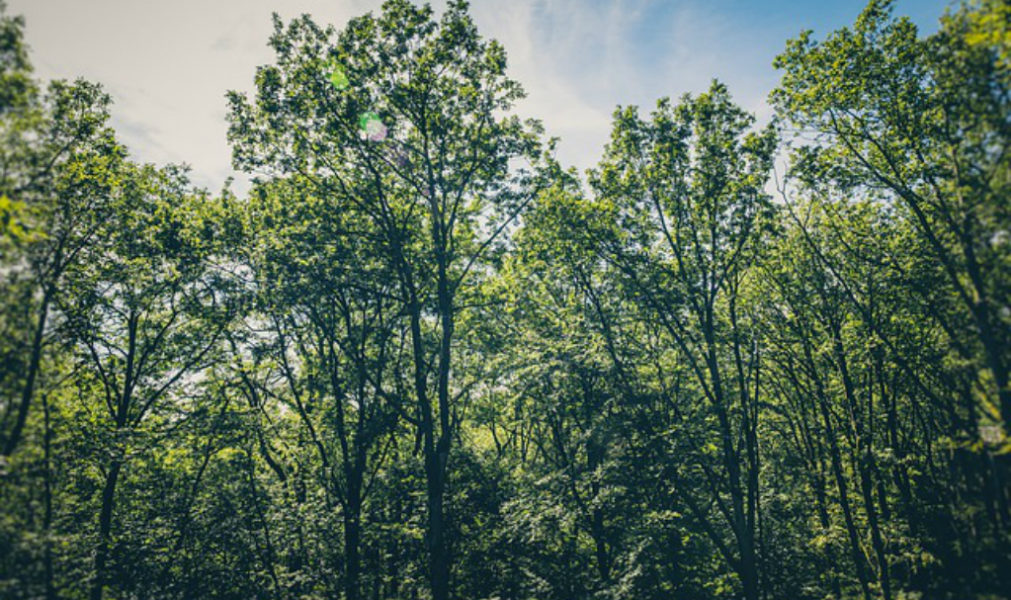Ecology is the study of the relationships between plants and other organisms and the environment in which they exist. It has its own language which can be quite confusing at first, so today I’m going to introduce some commonly used ecological terms to help.
When developing a maintenance program for a bowling green we need to take account of its ecology in terms of the relationships between the grasses we hope to encourage and their interaction with their living and non-living environment.
However we choose to interact with this bowling green ecosystem (with or against nature) we will be working within a dynamic, constantly changing environment and it is vital that we understand this before stepping off into a new program of maintenance. In other words we need to think of our green as an eco-system.
Ecosystem is the name given to a system formed by the dynamic interaction of a community of organisms (not just grasses) within their specific physical environment.
Ecology is a specialised branch of science that has its own set of definitions and terms and it will be useful to understand a handful of these as we go on:
Rhizosphere- This is the 5mm zone that surrounds the roots of our grass plants. It is a very active zone and a very important one for greenkeepers to consider as it includes critical influences on the health of our grass plants like the movement and availability of water, the populations of bacteria and fungi and it influences nutrient and moisture uptake, which has a knock on effect to the vital processes that go on within the plants.
Habitat – This is the environment where a plant or animal naturally or normally lives and grows. For example Fescue grasses are most at home on free draining low nutrient soils near the coast.
Community – On a bowling green this is the range of all species, from the micro-organisms we discussed briefly yesterday to insects, animals, grasses and other plants, living in the habitat and interacting with each other. Our grasses have their roots in the soil but they don’t exist in isolation. The grass plants we want to encourage live as part of a community with bacteria, fungi, earthworms and other plants. These interactions might not always be beneficial. For example when a fungal pathogen such as fusarium undermines the health of our turf.
Population – This term is used in ecology to describe individual groups of organisms, such as bent grass, earthworms or fungi. An analogy with a town might be that there is a human population of 30,000 and rat population of 60,000, but I don’t want to live there!
Niche – This term is used to define the range of resources and conditions needed for a particular species to live and reproduce. Ecologists might break this down further to explain the way in which a species exploits an environment. For example it might be a fundamental niche where conditions are already ideal for a species, such as wet, compact turf that isn’t managed intensively being particularly attractive to annual meadowgrass…
or…
…a realised Niche, where the organism adapts to the prevailing conditions to an extent that allows it to compete with the native organisms, such as when annual meadowgrass evolves a low growth habit that keeps its prolific seed head production below the height of the mower or grazing zone allowing it to re-seed without hindrance.
Of course, as you would expect and just like the humans and rats from earlier, these niches often overlap and two or more species are left to scrap it out (or live in harmony) for the same resources. The term for this is an overlapping niche, where two species compete for the same limited resources, they overlap and develop similar traits to exploit the resources.
Resources. I’ve mentioned resources repeatedly but what specifically do I mean by resources in this context?
The resource requirements for most organisms (including our bowling green grasses) are:
- Space. How aggressive or competitive do our grasses need to be to compete with other species for soil space. This is particularly relevant to the questions I receive about overseeding greens. As we continue with this series of articles I think the issues and considerations surrounding overseeding will become clearer.
- Light. Different species have different light requirements to thrive and this can be made better or worse by competing species. For example, tall trees at the south side of a bowling green might hamper our attempts to establish a dense turf due to shade intolerance.
- Oxygen. This is directly related to aeration and compaction levels. Aerobic bacteria are important for plant and soil health. Where oxygen is restricted due to compaction, dense thatch can build up quickly due to low microbe populations in the soil and then we’re back on to the Circle of Decline.
- Water. Moisture levels in the soil can have good and/or bad effects on the health of our turf so an understanding of the dynamics of water in the soil and plant will be useful to help us manage this critical resource.
- Nutrients. This is a dense subject in its own right and covers issues such as nutrient availability, soil pH, Cation Exchange Capacity, nutrient uptake by plants, fungi-plant relationships (symbioses) and a long list of other topics.
Let’s leave it there for now. Ecology is like unpacking a set of Russian dolls, except that each doll in the group has a huge extended family into the bargain! Next time we’ll take the individual terms apart a bit further to see if we can start to build a picture of what a bowling green ecosystem actually consists of.

